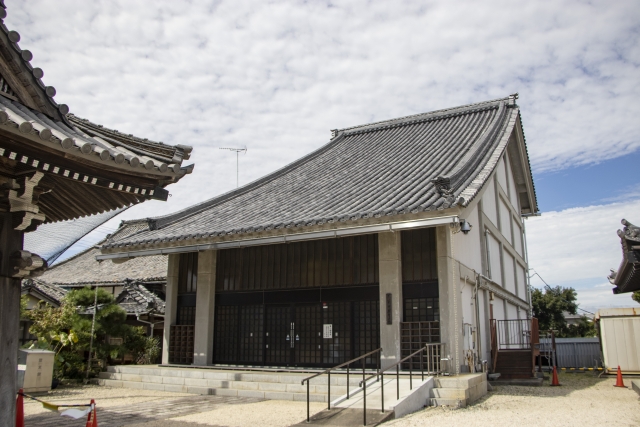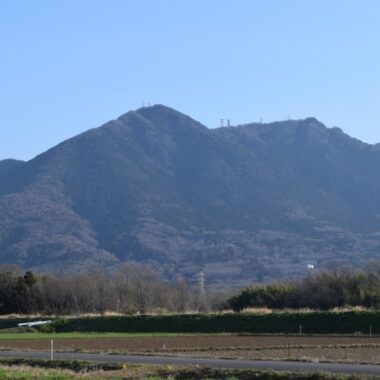What kind of lawsuits will be instituted as a way for pollution-related disease patients whose causes are chemical substances to seek legal remedies?
As an example of this type of lawsuit, we will take a look at Minamata Disease, for which many lawsuits have been filed. Lawsuits for Minamata Disease can be roughly classified into actions for defining the scope of relief under the Act on Special Measures Concerning Relief for Health Damage from Pollution and the Act on Compensation for Pollution-Related Health Damage and other Relief Laws, and actions for claiming damages (including claims under the State Liability for Compensation Law against the State and Kumamoto Prefecture) have been filed.
However, in any form of litigation, in principle, the pollution victims bear the burden of proving that they have contracted a pollution disease due to Minamata Disease (the situation of methylmercury pollution in the Yashiro Sea that caused Minamata Disease is referred to as “Minamata Disease Pollution”). Since Minamata Disease is considered to be methylmercury poisoning caused by the ingestion of methylmercury discharged by the Chisso Minamata Plant into the body, it is necessary to prove in court that the plaintiff was exposed to a considerable extent to the methylmercury discharged by Chisso.
Among the Minamata Disease patients, there are many “patients of embryonal Minamata Disease” who have taken methylmercury into the body through the placenta at the time of birth. In this section, we will discuss the cases of Minamata Disease patients who were contracted by exposure to methylmercury after birth other than those with embryonal Minamata Disease.
Therefore, in order to prove that the victims of Minamata Disease are suffering from Minamata Disease, it is necessary to prove (1) the extent to which methylmercury-contaminated fish and seafood were consumed by the plaintiff (2).
However, the evidence concerning (1) is not sufficient regarding the situation of methylmercury contamination of fish and shellfish in the coastal areas of Kumamoto Prefecture at the time of the pollution (although the measurement of methylmercury was not possible at that time, the mercury content of fish and shellfish was estimated to be mostly methylmercury (Akagi Yokatsu “Dityzon Extraction – Analysis of Methylmercury in Fish and Seafood by Gas Chromatography” Vol. 40, No. 1, p. 293). However, it is not clear whether the methylmercury compound contamination data of fish and shellfish in the coastal areas of Kagoshima Prefecture existed originally or did not exist.Almost nonexistent at present.
However, Minamata City, where the Chisso Minamata Plant, which discharged methylmercury compounds, is located, is adjacent to Izumi City, Kagoshima Prefecture, and many people in Izumi City are suffering from Minamata Disease. However, as it is difficult to collect new data on the pollution status of fish and shellfish at the time of pollution from Minamata Disease, it is difficult to prove the status of pollution at present.
Also, for (2), fish and seafood contaminated with methylmercury (usually fish and seafood caught in the sea area contaminated with methylmercury). There is no objective evidence about the extent to which the catched sea area can be regarded as a polluted sea area. It is a problem to prove in (1). Therefore, it is difficult to collect evidence other than the testimony of the parties concerned today.
In addition, unlike the case of Acute Methylmerylmercury poisoning, which was a problem shortly after the occurrence of environmental pollution, there are cases where a considerable period of time has elapsed between the time of exposure to methylmercury and the time of the onset of the disease in patients with chronic or delayed methylmercury poisoning. Therefore, it is difficult to accurately prove this fact because of a lack of recollection of dietary habits at that time.
In particular, since the victims of Minamata Disease did not know the causes even at that time, there was no incentive to preserve the evidence in (1) and (2), making it difficult to provide relief to victims through litigation.
From the point of view of the litigation of Minamata Disease, it may be important to preserve the results of environmental measurement and keep records of the exposure status of causative substances in a wider geographical area where pollution by chemicals has been recognized.






















